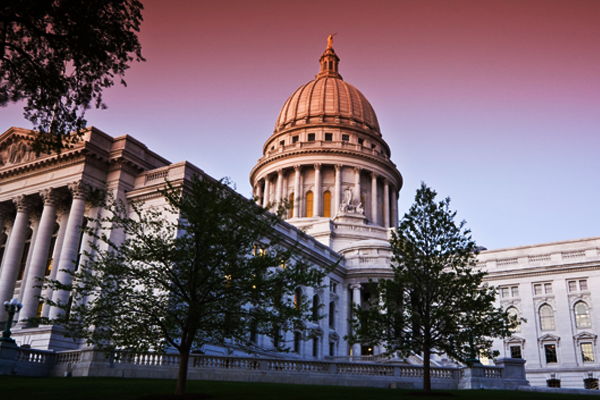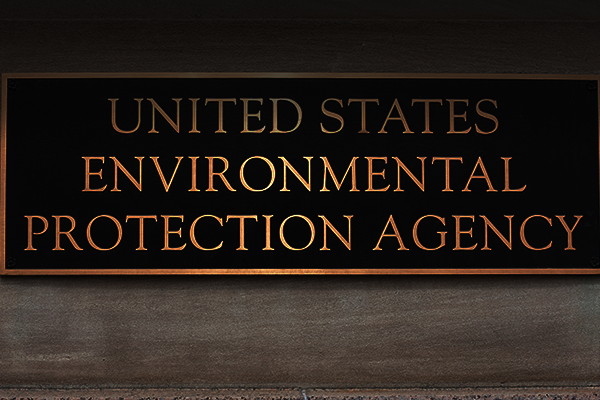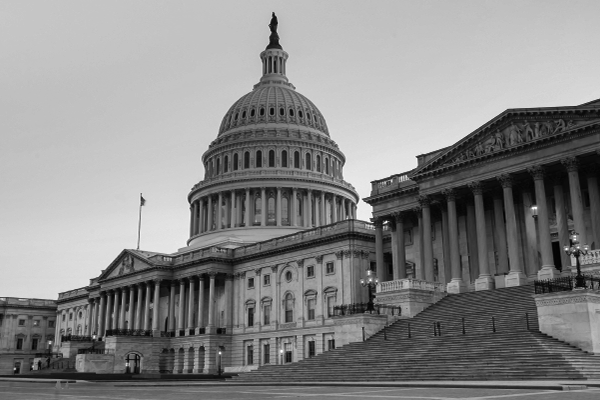10 Reasons States Should Stop Work on EPA’s Carbon Rule

In a historic decision, the U.S. Supreme Court recently blocked the EPA’s carbon rule —which the administration calls the “Clean Power Plan”— from taking effect pending judicial review. This is the first time the Supreme Court has imposed an injunction on a federal regulation prior to lower court review, a decision that shows the Court is likely to strike down the rule. The Court’s decision means EPA cannot force States to take any action to comply with the rule until judicial review is complete. Below are ten reasons states should immediately stop work on EPA’s carbon rule.
1. EPA’s carbon rule guarantees significant pain with no observable benefit. The rule increases the cost of electricity and provides minuscule climate change benefits. EPA admits that under the regulation, electricity rates will increase. This will hurt all Americans, particularly low-income families. The agency also acknowledges that the actual climate impacts are minuscule. Implementing a rule that drives up electricity rates for virtually zero benefits does not make sense, unless states are forced to do so or are unconcerned with their citizens’ welfare.
2. Promoting affordable energy should be states’ top priority. The price of natural gas is falling and the price of coal is holding steady, and yet the retail price of electricity is increasing faster than usual.[1] State policymakers should investigate this trend, not exacerbate these cost increases by working to implement EPA’s harmful regulations. Affordable energy is critical to improving people’s lives while protecting the environment.
3. EPA agrees that nothing is going to be implemented during the stay. When testifying before Congress the day after the stay was granted, EPA Administrator Gina McCarthy was clear: “Nothing is going to be implemented while the stay is in place. It is clearly on hold until it resolves itself through the courts.” Of course, statements by McCarthy and other officials have since been more aggressive, as environmental pressure groups realize the threat the stay poses to Obama’s climate legacy. States should resist this pressure and protect their citizens’ right to affordable energy.
4. States should learn the lesson from Michigan v. EPA. The Court likely granted a stay in large part to avoid a repeat of the saga of EPA’s mercury rule, which resulted in prematurely shutting down 40 GW of affordable energy, even though the regulation had not been okayed by the courts.[2] In Michigan v. EPA, the Court’s determined that EPA illegally failed to consider costs. But this decision came after dozens of power plants had already been closed to comply with the regulation. Continuing to plan for the carbon rule sends the wrong signal to utilities and could likely mean a repeat of the mercury rule. The decision to stop work comes down to protecting families and businesses.
5. Scarce state resources are on the line. There is no reason to waste resources on a rule that may never go into effect or may be radically altered. The court documents filed by the states protesting the regulation make clear that the planning and compliance efforts would require significant resources.[3] This distracts from other important efforts to manage the state’s energy needs and protect the environment. Continuing to dedicate resources to planning after the Court has agreed with their concern would be imprudent and irresponsible.
6. All deadlines are delayed until judicial review is complete. The Supreme Court’s stay of the rule stalled all deadlines for compliance, including the 2022 and 2030 deadlines, until judicial review is complete. In other words, if the stay is in place for 18 months before being lifted, ALL deadlines will be pushed back at least 18 months.
7. Success on the merits is likely. A stay, or preliminary injunction, requires the court to determine that success on the merits is likely. Policymakers and regulators should interpret the unprecedented Supreme Court stay as a sign of the rule’s questionable legal foundation. Further, Justice Scalia’s vacancy on the Court does not change the fact that four other justices believe the rule’s premature implementation posed irreparable harm to states and consumers.
8. The rule is in the next Administration’s hands. Regardless of the rule’s fate in court, a new presidential administration will determine whether attacks on affordable energy will continue and, if so, in what form. Legal experts agree the case will not be decided before mid-2017 at the earliest, and the legal proceedings could very likely extend into 2018. Making long-term planning decisions before some of these key questions are resolved is not prudent planning.
9. Significant procedural hurdles remain under EPA’s best-case scenario. If the rule is ultimately upheld in its current form and EPA wants to accelerate the compliance timeline to make up for time lost during the stay, the agency will have to initiate another formal rule-making process. This process would not be quick, as it would require more input from the public and stakeholders and be subject to legally enforceable procedural protections. In a nutshell, stopping work will not leave states worse off if the rule is upheld.
10. Any final rule will look very different. Major EPA regulations that survive prolonged judicial challenges rarely look the same when they are ultimately implemented and imposed on Americans. The rule is already set to become the most involved litigation in EPA’s rule-making history, and will almost certainly look very different if the courts uphold it. This uncertainty renders planning at this stage counterproductive at best, and harmful at worst.
Click here to find out more about AEA’s “Stop Work” efforts.
[1] Edgar Meza, Electricity prices to rise despite oil and gas plunge, PV Magazine, Feb. 26, 2016, http://www.pv-magazine.com/news/details/beitrag/electricity-prices-to-rise-despite-oil-and-gas-plunge-_100023440/#axzz41HrSh4GE
[2] EPA’s Mercury and Air Toxic Standards is included in EIA’s reference case and is a major reason for 40 38 gigawatts of coal-fired power plants retiring between 2014–2040 in that forecast. See, U.S. Energy Information Administration, Analysis of the Impacts of the Clean Power Plan, May 22, 2015, pp. 16– 17, http://www.eia.gov/analysis/requests/powerplants/cleanplan/. See also, EIA, Scheduled 2015 capacity additions mostly wind and natural gas; retirements mostly coal, March 10, 2015, http://www.eia.gov/ todayinenergy/detail.cfm?id=20292; and, Institute for Energy Research, How to Kill the Coal Industry: Implement EPA’s “Clean Power Plan”, May 26, 2015, http://instituteforenergyresearch.org/analysis/howto-kill-the-coal-industry-implement-epas-clean-power-plan/.
[3] Stay Application by the State of West Virginia, et al., January 26, 2016, p. 12, http://www.ago.wv.gov/publicresources/epa/Documents/Final%20States%20SCOTUS%20Stay%20App%20-%20ACTUAL%20%28M0116774xCECC6%29.pdf.



